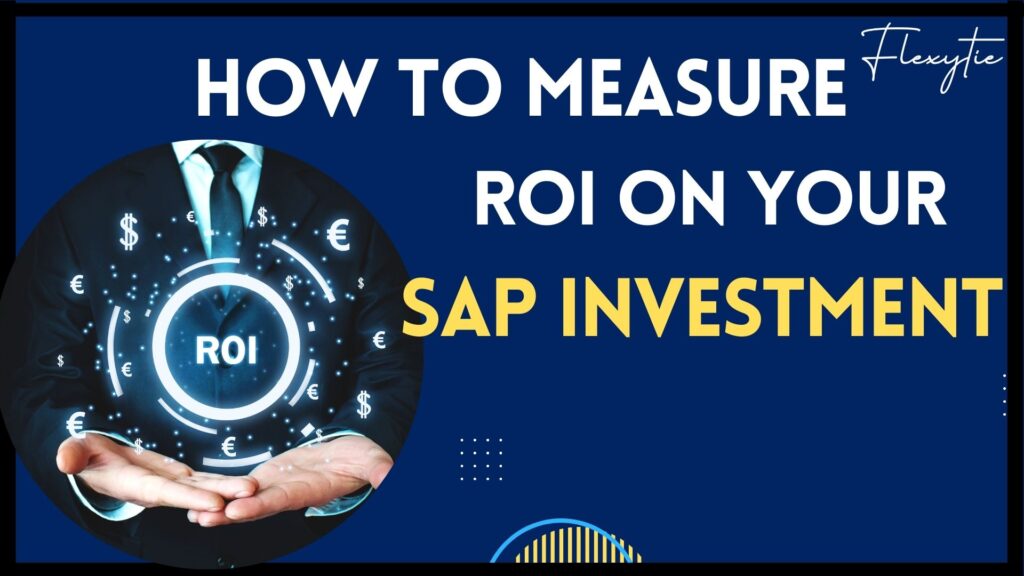Table of Contents Show
SAP implementations require a significant financial investment. Most organizations spend millions on licenses, implementation, training, and maintenance. Measuring the return on this investment proves challenging but necessary. Clear metrics help evaluate system performance, justify costs, and identify optimization opportunities. Understanding these key performance indicators ensures your SAP system delivers measurable business value. Here are seven key metrics to track:
1. Inventory Optimization
Monitor your inventory carrying costs and turnover rates. SAP should help reduce excess stock while preventing stockouts. Track metrics like days inventory outstanding (DIO) and perfect order fulfillment. Calculate the working capital freed up through better inventory management. Don’t forget to factor in reduced warehouse space needs and lower insurance costs.
2. Process Efficiency
Measure the time taken to complete key business processes. Compare current process durations against pre-SAP benchmarks. Focus on high-volume processes like order-to-cash, procure-to-pay, and financial closing. Calculate the labor hours saved multiplied by hourly rates to quantify the value. Include the reduced training time for new employees using standardized SAP processes.
3. Cost Reduction
Track your operational costs before and after SAP implementation. This includes direct expenses like labor, materials, and maintenance. Your SAP system should reduce manual work, minimize errors, and streamline processes. Look for reductions in overtime hours, error correction time, and resource waste. Document these savings meticulously—they often form the most tangible part of your ROI calculation.
4. Data Quality Improvement
Measure the reduction in data errors and duplicate entries. Calculate the time saved in data reconciliation and cleanup. Track the decrease in customer complaints related to data issues. Quantify the benefits of having a single source of truth—how much time do people save not hunting for correct information? Include the cost avoidance from preventing data-related mistakes.
5. System Performance
Monitor system availability and response times. Calculate the cost savings from reduced downtime compared to legacy systems. Track the number of user complaints about system performance. Measure the productivity gains from faster system response times. Document the reduced IT support needs with a more stable system.
6. Compliance and Risk Management
Calculate the cost savings from automated compliance checks and reporting. Track the reduction in audit preparation time and findings. Measure the decrease in regulatory penalties and fines. Document the improved speed of identifying and addressing potential compliance issues. Include the value of better risk management through improved visibility.
7. Customer Satisfaction
Monitor changes in customer satisfaction scores and retention rates. Track improvements in order accuracy and delivery times. Measure the reduction in customer service calls and complaints. Calculate the value of increased customer loyalty and repeat business. Document the impact on your company’s market reputation.
Final Thoughts
Measuring SAP ROI requires a systematic approach and consistent tracking over time. The metrics above provide a framework, but your specific situation might need additional measurements. Often, optimizing these metrics requires deep SAP expertise and custom solutions tailored to your business processes. Our team at Flexytie specializes in helping organizations maximize their SAP investment through targeted optimizations and expert guidance. Whether you need help setting up measurement systems or improving specific metrics, we’re here to ensure your SAP investment delivers the expected returns. Get in touch with us today.

